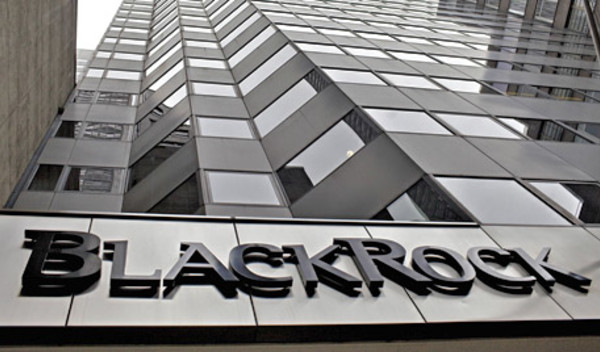

The cost of a guaranteed retirement income for life for a 55-year-old today is almost 40 per cent more than it was a year ago, according to BlackRock’s CoRI index.
The CoRI index takes the principles used to calculate liabilities of defined benefit schemes, such as average life expectancy, interest rates and inflation - and applies them to individuals with defined contribution savings.
The results showed that, as with DB schemes, plummeting gilt yields - which are used to price annuity income rates - had made the cost of guaranteeing a retirement income dramatically more expensive.
As of 12 September, a 55-year-old would now need to have saved £27.75 for every pound of guaranteed retirement income, taking inflation into account.
In June 2015, the figure was just £19.46, meaning it now costs 38.7 per cent more to buy a guaranteed income for life.
Tony Stenning, EMEA head of retirement at BlackRock, said applying the DB liablility principles to individuals dramatically changed the outlook compared to if they were just looking at assets.
But he said taking this approach was important, because in a DC environment individuals were essentially being asked to be their own DB schemes.
“If you were just thinking about the market and the broader economic environment – interest rates have gone down a bit, inflation is non-existent, the market has gone up a bit – you’re probably feeling okay ... if you just looked at your asset size,” he said.
But he said ignoring the chances of running out of money was something you “don’t want to do in an environment where more and more it is coming down to the individual.”
BlackRock research also found that, on average, people expected an annual income of £23,000, and believe they can buy this for £196,000. But the actual cost, according to BlackRock, was £712,550.
However, the situation has improved somewhat since the depth of the post-Brexit slump, which saw the cost of a guaranteed retirement income skyrocket to almost 50 per cent more than it was at the same time last year.
Mr Stenning said the slight improvement was down to a small uptick in gilt yields, and the fact that annuity-providers had priced in a bigger interest rate cut than actually came about.
On 13 September 10-year gilt yields were standing at 0.82 per cent, a 31 basis point month-on-month increase, but still 100 basis points down year on year.
james.fernyhough@ft.com



